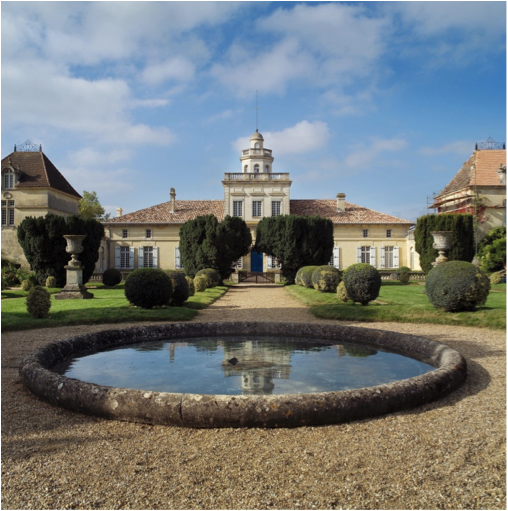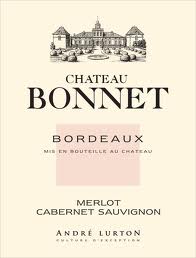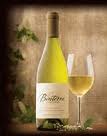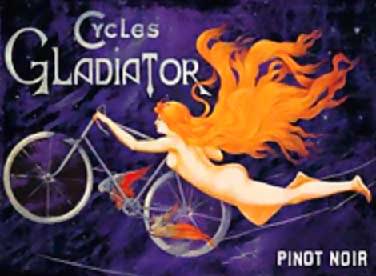(Robert Whitley’s Creators Syndicate Wine Talk column for this week.)
Despite a recent report indicating wine consumers are beginning to return to the $20-and-above segment, the wine industry’s most successful companies are clearly those that own the $15-and-under category. That hardly means most of us are doomed to a life of bad wine. Cheap is no longer synonymous with bad when it comes to wine.
 Improved viticulture and winemaking technology make it possible for wineries to deliver a delicious beverage, even when produced in great volume — as companies such as global wine companies like Gallo, Bronco and Constellation do every day.
Improved viticulture and winemaking technology make it possible for wineries to deliver a delicious beverage, even when produced in great volume — as companies such as global wine companies like Gallo, Bronco and Constellation do every day.
I monitor such wines on a regular basis because they are the everyday wines the majority of the world can afford. Even avid wine enthusiasts are reluctant to pull the cork on a $30 wine every night; most save their more dear (as in costly) wines for the big dinner of the week or special occasions.
Today, I will highlight a few of the producers who seem to be hitting all of the right notes in this important price category. I begin with a producer from the unlikeliest of locations for value wine: Bordeaux, France.
 Andre Lurton Chateau Bonnet, Bordeaux, France — The 2007 Bordeaux AOC Rouge ($15) and 2009 Entre-Deux-Mers Blanc ($13) are both delicious and friendly, meaning they are easy to drink now and enjoyable despite their youth. Both were medal-winners at the Winemaker Challenge in January, though the Entre-Deux-Mers Blanc has long been a favorite of mine. It’s the white Bordeaux that consistently over-performs in the price category.
Andre Lurton Chateau Bonnet, Bordeaux, France — The 2007 Bordeaux AOC Rouge ($15) and 2009 Entre-Deux-Mers Blanc ($13) are both delicious and friendly, meaning they are easy to drink now and enjoyable despite their youth. Both were medal-winners at the Winemaker Challenge in January, though the Entre-Deux-Mers Blanc has long been a favorite of mine. It’s the white Bordeaux that consistently over-performs in the price category.
Barefoot Bubbly, California — This brand was purchased by Gallo several years ago and has, if anything, gotten better. To great effect, Barefoot often uses nontraditional grapes for its sparkling wines. The Pinot Grigio bubbly, for example, is quite good. But none of the Barefoot Bubbly wines are bad, and all are consistent winners on the wine competition circuit. Suggested retail is $10 across the board, but I often find these wines for about $8.
 Bonterra Vineyards, Mendocino, Calif. — This winery remains a mystery to me. The vineyards are organic, some biodynamic, and those are practices that usually drive prices higher. Yet Bonterra consistently produces organic Chardonnay, Syrah, Merlot, Cabernet Sauvignon and a range of other yummy wines for $14 or less.
Bonterra Vineyards, Mendocino, Calif. — This winery remains a mystery to me. The vineyards are organic, some biodynamic, and those are practices that usually drive prices higher. Yet Bonterra consistently produces organic Chardonnay, Syrah, Merlot, Cabernet Sauvignon and a range of other yummy wines for $14 or less.
Bogle Vineyards, California — Over the years, I’ve watched Bogle excel with wines in the $9 to $11 price range. Grapes are sourced from numerous regions throughout California, so most of the wines carry the generic California appellation. That’s no indicator of low quality. The Bogle Chardonnay regularly wins gold medals, even when competing against wines costing twice and sometimes as much. The 2009 Bogle Chardonnay, for example, was a gold-medal winner at the 2010 San Diego International Wine Competition. It costs $9 if you pay full retail.
 Cycles Gladiator, Central Coast, California — This brand was created a few years back by the Hahn Family winery in Monterey County to replace its Rex Goliath value brand, which was sold off. Cycles Gladiator has been the beast of the $9 price category ever since. Its top wines are Cabernet Sauvignon, Chardonnay and Syrah, but the entire lineup is stellar. And cheap!
Cycles Gladiator, Central Coast, California — This brand was created a few years back by the Hahn Family winery in Monterey County to replace its Rex Goliath value brand, which was sold off. Cycles Gladiator has been the beast of the $9 price category ever since. Its top wines are Cabernet Sauvignon, Chardonnay and Syrah, but the entire lineup is stellar. And cheap!
Forest Glen, California — This brand is a star in the Bronco portfolio of value wines. The wines carry the generic California appellation and retail in the $9 to $11 range. Forest Glen won five medals at the 2010 San Diego International, including a Platinum award for its 2009 Sauvignon Blanc at $9. I have been tasting these wines since they first hit the market in the 1990s, and they’ve been remarkably consistent.
 Hogue Cellars, Washington — I hesitate to place the Hogue wines in this context because the winery has a number of price tiers and its share of expensive wines. But the basic entry level Hogue whites retail for about $10, often less, and they are easily among the finest white wines America produces in this price range. These wines are lightly oaked, or not oaked at all, and always taste fresh, crisp and clean. The Riesling and Pinot Grigio are reliable winners.
Hogue Cellars, Washington — I hesitate to place the Hogue wines in this context because the winery has a number of price tiers and its share of expensive wines. But the basic entry level Hogue whites retail for about $10, often less, and they are easily among the finest white wines America produces in this price range. These wines are lightly oaked, or not oaked at all, and always taste fresh, crisp and clean. The Riesling and Pinot Grigio are reliable winners.
Sutter Home, Napa Valley, California — This is the winery that invented white Zinfandel some three decades ago. It is owned by the Trinchero Family of the Napa Valley, which makes a number of superb wines under the family banner. But the Sutter Home wines are not to be taken lightly. They were a big hit at the 2010 San Diego International, winning one gold and nine silver medals with wines that cost a whole $5 retail.
 Turning Leaf, California — This Gallo grand turned a few heads at the Winemaker Challenge in January when its 2009 Pinot Grigio was bestowed a Platinum award and landed in the championship round for Best of Show white wine. It didn’t win, but it didn’t matter. The point had been made that this was an excellent wine at $8 retail, and underscored the proposition that Turning Leaf wines represent a tasty segment of the $8-and-under category.
Turning Leaf, California — This Gallo grand turned a few heads at the Winemaker Challenge in January when its 2009 Pinot Grigio was bestowed a Platinum award and landed in the championship round for Best of Show white wine. It didn’t win, but it didn’t matter. The point had been made that this was an excellent wine at $8 retail, and underscored the proposition that Turning Leaf wines represent a tasty segment of the $8-and-under category.
Woodbridge Vineyards, California — Robert Mondavi founded the Woodbridge winery long ago, but the giant Constellation wine company now owns it. Woodbridge wines are better now than ever, with juicy Cabernet Sauvignon, Merlot, Chardonnay and the like retailing for about $11 a bottle in most parts of the country.
Wines of this ilk are an important part of the mix because they allow normal families that aren’t prone to indulgence to place a respectable bottle of wine on the table at virtually every dinner. With wines such as these, we may yet develop a European-style wine-drinking culture — where wine is considered an essential part of the meal — here in the United States.
8
